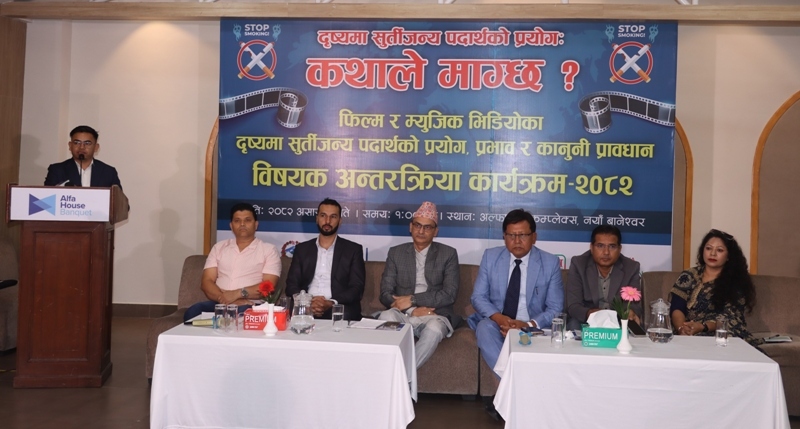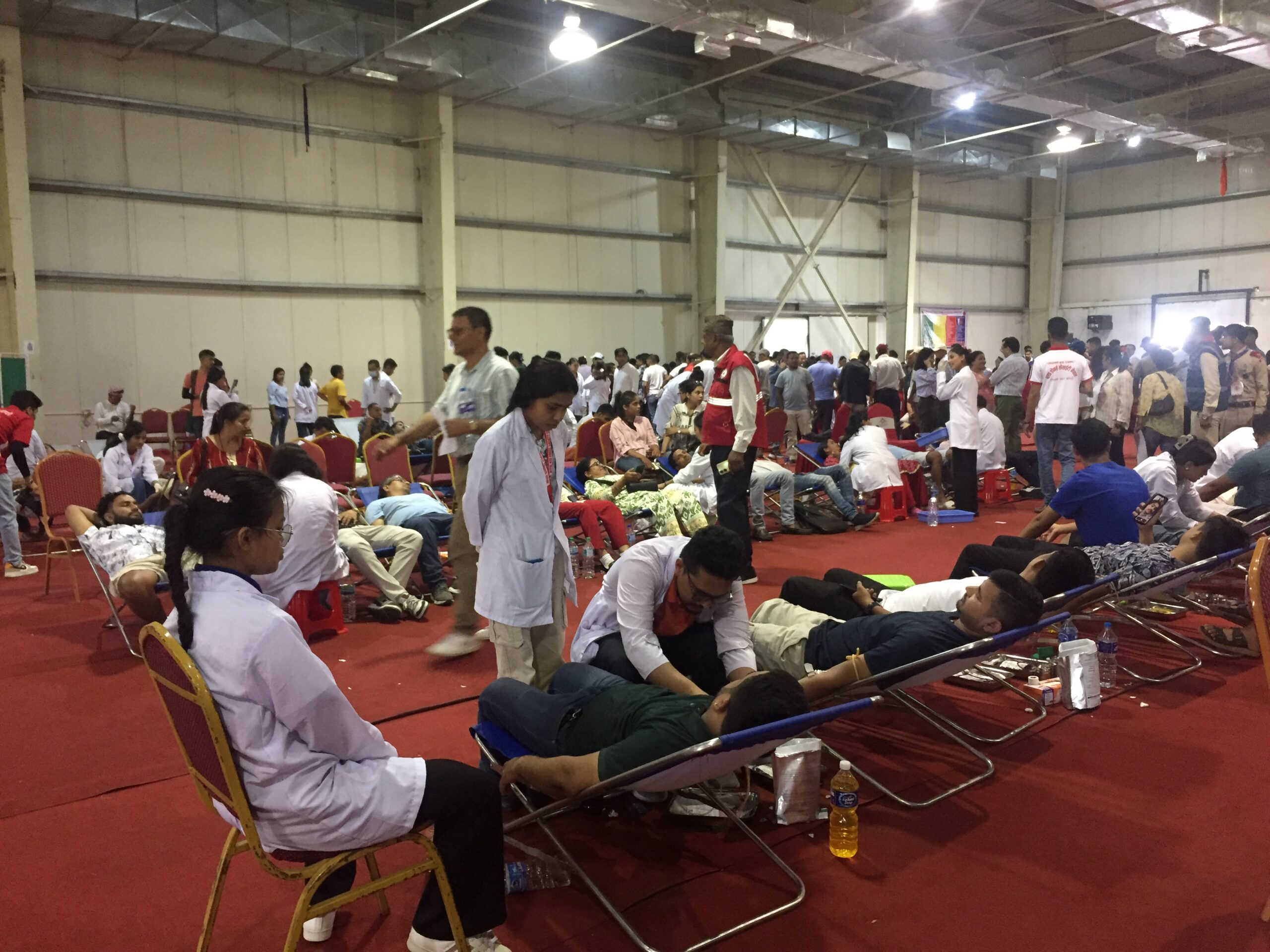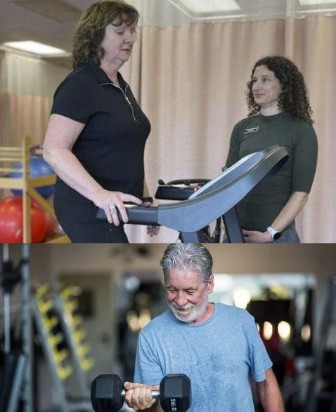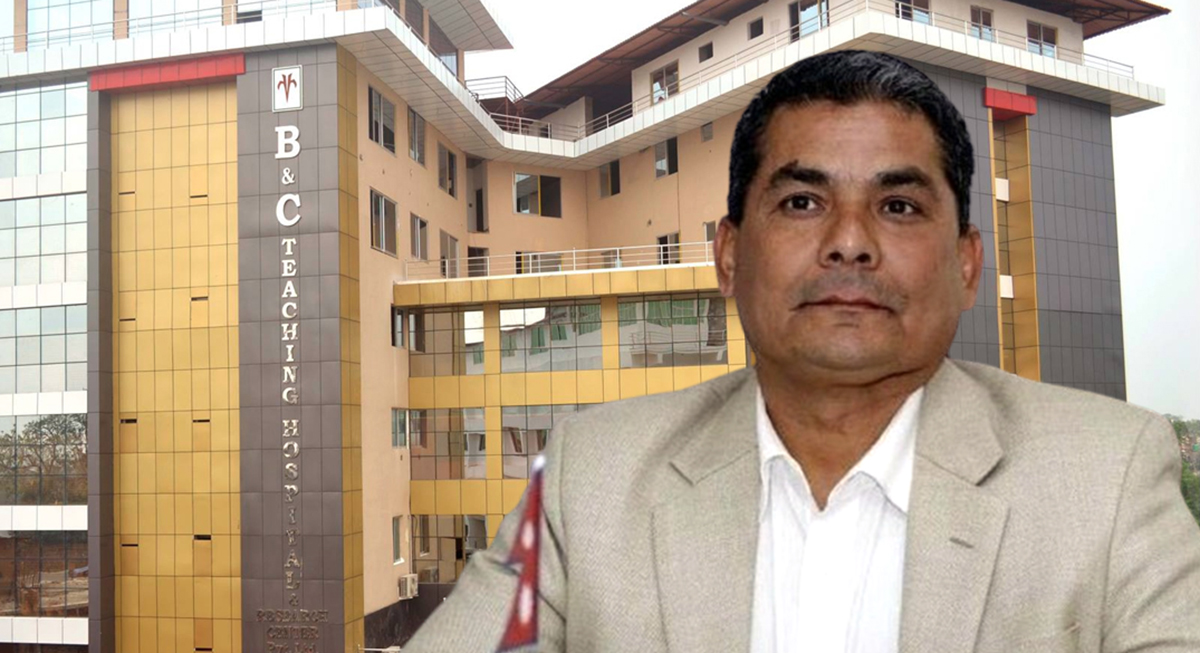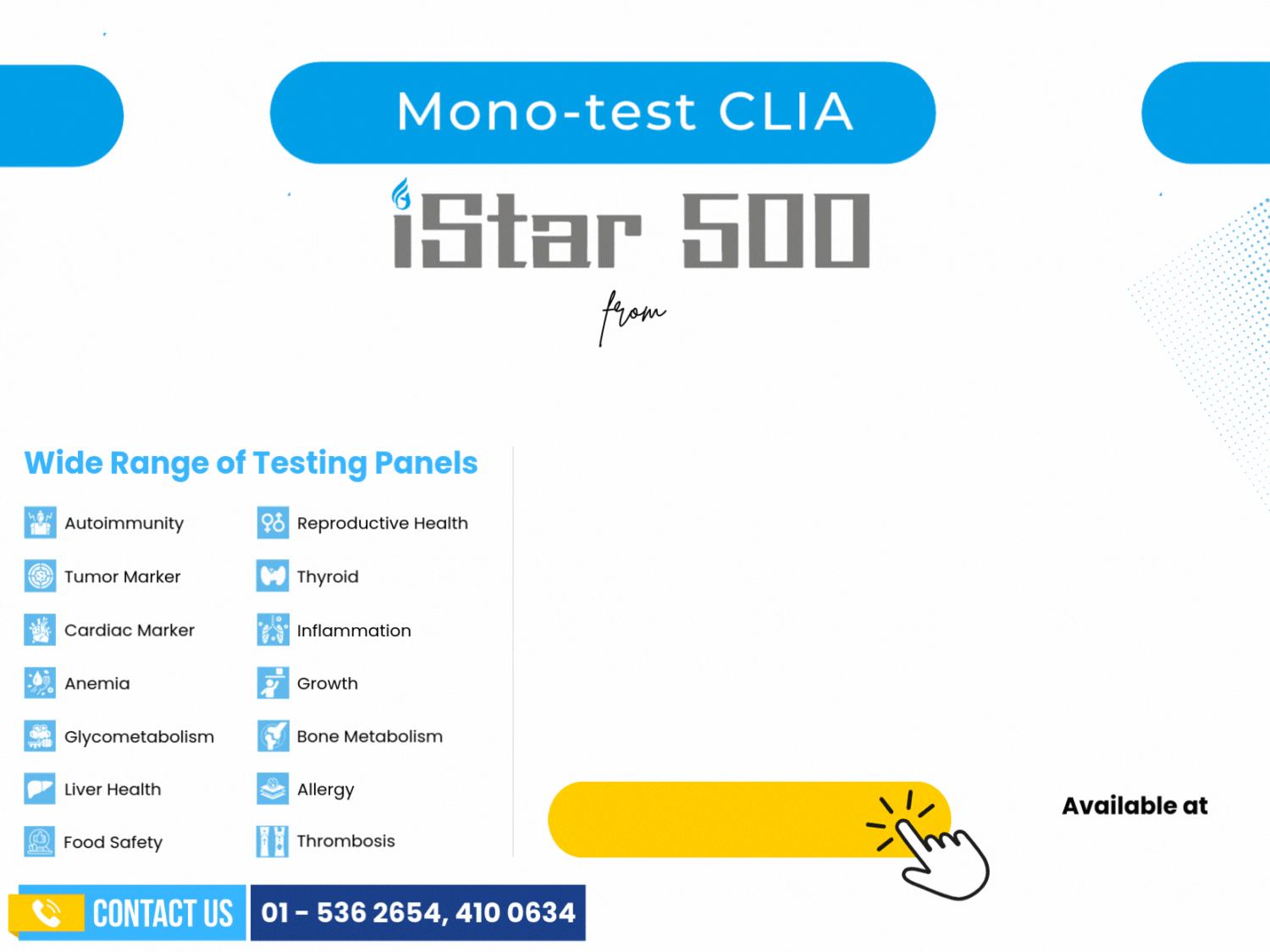
Geneva- The World Health Organization (WHO), International Council of Nurses (ICN), and other partners have released the State of the World’s Nursing 2025 report, showing significant growth in the global nursing workforce but also highlighting alarming disparities. While the number of nurses worldwide has risen from 27.9 million in 2018 to 29.8 million in 2023, inequities in nurse distribution threaten global health goals, including Universal Health Coverage (UHC), global health security, and progress towards health-related development objectives.
On the occasion of International Nurses Day, the comprehensive report reveals that although the nursing workforce shortage has reduced from 6.2 million in 2020 to 5.8 million in 2023, with projections to decline to 4.1 million by 2030, the progress is uneven. Approximately 78% of the world’s nurses are concentrated in countries representing only 49% of the global population, leaving many areas with inadequate access to essential health services.
Key Findings of the Report
Regional Disparities: Despite global progress, low- and middle-income countries face significant challenges in recruiting, graduating, and retaining nurses. These countries need increased domestic investment to sustain a growing nursing workforce. High-income countries, on the other hand, must prepare for the retirement of a large number of nurses, reconsider their reliance on foreign-trained nurses, and enhance bilateral agreements with countries from which they recruit.
Gender and Equity: Women account for 85% of the global nursing workforce, with 1 in 7 nurses worldwide being foreign-born. In high-income countries, 23% of nurses are foreign-born, while the percentage is much lower in lower-income nations. Low-income countries are increasing the number of nurse graduates at a faster pace than high-income countries, but high population growth and limited job opportunities are impeding improvements in nurse density.
Age Demographics and Retirements: The global nursing workforce is relatively young, with 33% of nurses under the age of 35. However, in 20 countries—mostly high-income—the number of retirements is expected to exceed new entries into the workforce, potentially leading to shortages and a lack of experienced nurses to mentor newcomers.
Advanced Practice Roles: There has been notable progress in expanding advanced practice nursing roles, with 62% of countries reporting these roles compared to 53% in 2020. These roles have proven to enhance care quality and access in various healthcare settings.
Nursing Leadership: The report also highlights positive strides in nursing leadership, with 82% of countries having a senior government nursing official responsible for managing the nursing workforce. However, leadership development opportunities remain limited in low-income countries, with only 25% offering structured programs.
Mental Health and Workforce Well-being: Despite increased workloads and the trauma caused by the COVID-19 pandemic, only 42% of countries provide mental health support for nurses. Addressing these concerns is critical to retaining skilled professionals and ensuring the quality of care.
Policy Recommendations for 2026–2030
The State of the World’s Nursing 2025 report outlines several policy priorities for the coming years:
Expand and equitably distribute nursing jobs, particularly in underserved regions.
Strengthen education systems and align qualifications with defined roles.
Improve working conditions, pay equity, and mental well-being support.
Promote gender equity and support nurses working in fragile, conflict-affected areas.
Utilize digital technologies and prepare nurses for climate-responsive care.
Advance nursing leadership and ensure equitable opportunities for leadership development.
These priorities align with the WHO Global Strategic Directions for Nursing and Midwifery 2021–2025 and reflect ongoing efforts to address workforce challenges and accelerate action on the health and care workforce by 2030.
“This report contains encouraging news, for which we congratulate the countries that are making progress,” said WHO Director-General Dr. Tedros Adhanom Ghebreyesus. “However, we cannot ignore the inequalities that mark the global nursing landscape. On International Nurses Day, I urge countries and partners to use this report as a signpost, showing us where we’ve come from, where we are now, and where we need to go as rapidly as possible.”
swasthyaadmin
Published: May 12, 2025



